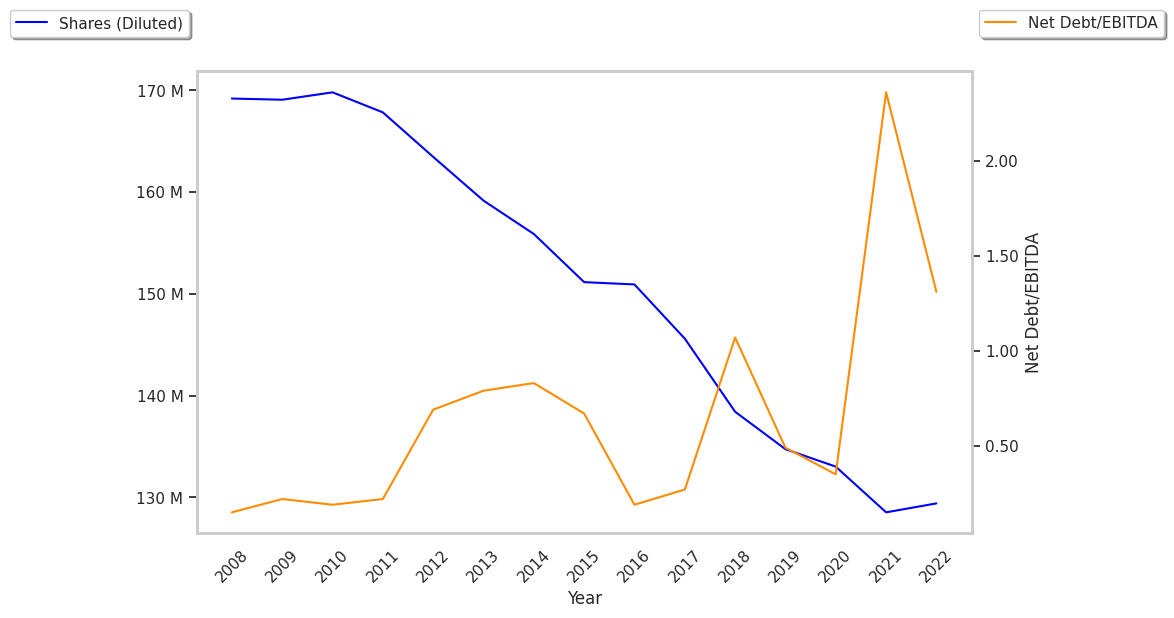Medical Specialities company Humana is taking Wall Street by surprise today, falling to $304.86 and marking a -13.3% change compared to the S&P 500, which moved -1.0%. HUM is -25.36% below its average analyst target price of $408.44, which implies there is more upside for the stock.
As such, the average analyst rates it at buy. Over the last year, Humana has underperfomed the S&P 500 by -58.1%, moving -30.2%.
Humana Inc., together with its subsidiaries, provides medical and specialty insurance products in the United States. The company is categorized within the healthcare sector. The catalysts that drive valuations in this sector are complex. From demographics, regulations, scientific breakthroughs, to the emergence of new diseases, healthcare companies see their prices swing on the basis of a variety of factors.
Humana's trailing 12 month P/E ratio is 15.2, based on its trailing EPS of $20.0. The company has a forward P/E ratio of 12.4 according to its forward EPS of $24.58 -- which is an estimate of what its earnings will look like in the next quarter. The P/E ratio is the company's share price divided by its earnings per share. In other words, it represents how much investors are willing to spend for each dollar of the company's earnings (revenues minus the cost of goods sold, taxes, and overhead). As of the first quarter of 2023, the health care sector has an average P/E ratio of 30.21, and the average for the S&P 500 is 15.97.
To better understand HUM’s valuation, we can divide its price to earnings ratio by its projected five-year growth rate, which gives us its price to earnings, or PEG ratio. Considering the P/E ratio in the context of growth is important, because many companies that are undervalued in terms of earnings are actually overvalued in terms of growth.
Humana’s PEG is 4.14, which indicates that the company is overvalued compared to its growth prospects. Bear in mind that PEG ratios have limits to their relevance, since they are based on future growth estimates that may not turn out as expected.
Another valuation metric for analyzing a stock is its Price to Book (P/B) Ratio, which consists in its share price divided by its book value per share. The book value refers to the present liquidation value of the company, as if it sold all of its assets and paid off all debts). Humana's P/B ratio indicates that the market value of the company exceeds its book value by a factor of 2.29, but is still below the average P/B ratio of the Health Care sector, which stood at 4.08 as of the first quarter of 2023.
Humana is likely overvalued at today's prices because it has a Very low P/E ratio, a lower P/B ratio than its sector average, and No published cashflows with an unknown trend. The stock has poor growth indicators because of its weak operating margins with a stable trend, and an above average PEG ratio. We hope this preliminary analysis will encourage you to do your own research into HUM's fundamental values -- especially their trends over the last few years, which provide the clearest picture of the company's valuation.



